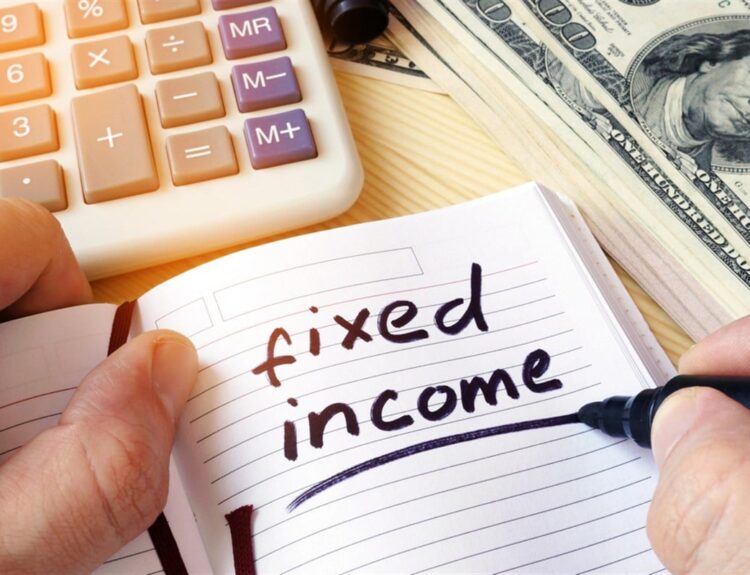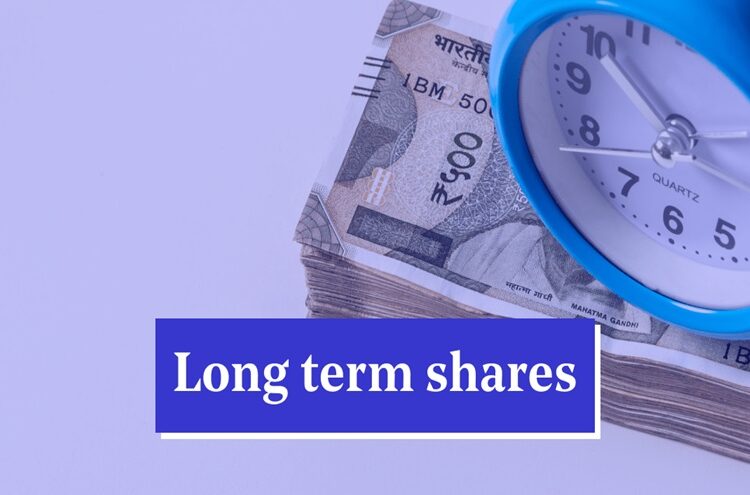A mortgage is one of the most significant financial commitments most people make in their lifetime. It involves borrowing money from a lender, usually a bank or financial institution, to purchase property. In exchange, the borrower agrees to repay the loan over a fixed period with interest. Mortgages are crucial in enabling individuals to acquire homes without paying the full property price upfront.
Understanding mortgage types, interest rates, repayment terms, and the application process is essential for making informed decisions and managing finances effectively. This guide covers everything you need to know about mortgages, from the basics to advanced strategies for first-time buyers and investors.
What Is a Mortgage?
A mortgage is a loan secured by real estate property. The borrower, often referred to as the mortgagor, pledges the property as collateral to the lender, known as the mortgagee. If the borrower fails to make payments, the lender has the right to take possession of the property through foreclosure. Mortgages are commonly used to finance residential and commercial real estate purchases.
Mortgages typically involve monthly payments that include:
- Principal: The original amount borrowed.
- Interest: The cost of borrowing money, calculated as a percentage of the principal.
- Taxes and Insurance: Property taxes and homeowners insurance may be included in monthly payments.
Importance of Mortgages
Mortgages provide multiple benefits and opportunities for individuals and the economy:
- Homeownership Accessibility: Mortgages allow individuals to purchase homes without paying the full price upfront.
- Financial Flexibility: By spreading payments over years or decades, borrowers can manage their finances more efficiently.
- Wealth Building: Real estate often appreciates over time, allowing homeowners to build equity.
- Economic Growth: Mortgages fuel the housing market, construction industry, and related sectors, contributing to overall economic development.
Types of Mortgages
There are several types of mortgages, each with unique features, benefits, and considerations.
1. Fixed-Rate Mortgage
A fixed-rate mortgage has a constant interest rate for the entire loan term, typically ranging from 10 to 30 years. Monthly payments remain predictable, making it ideal for homeowners who prefer financial stability.
2. Adjustable-Rate Mortgage (ARM)
An adjustable-rate mortgage has an interest rate that changes periodically based on market conditions. ARMs often start with a lower rate than fixed-rate mortgages, but payments can fluctuate over time. ARMs may be suitable for buyers planning to sell or refinance before interest rates adjust significantly.
3. Interest-Only Mortgage
With an interest-only mortgage, the borrower initially pays only the interest for a set period. After this period, payments increase to include principal repayment. This type can lower initial payments but carries the risk of higher costs later.
4. FHA Loan
The Federal Housing Administration (FHA) offers loans designed for first-time buyers or individuals with limited credit history. FHA loans require lower down payments and are insured by the government, reducing lender risk.
5. VA Loan
Veterans Affairs (VA) loans are available to eligible military service members and veterans. VA loans often require no down payment and have competitive interest rates, making homeownership more accessible for veterans.
6. Jumbo Mortgage
A jumbo mortgage is a loan that exceeds the limits set by government-sponsored enterprises like Fannie Mae or Freddie Mac. Jumbo loans are designed for high-value properties and usually have stricter credit requirements and higher interest rates.
7. Reverse Mortgage
A reverse mortgage allows homeowners aged 62 or older to convert home equity into cash. Unlike traditional mortgages, the lender pays the homeowner, and repayment is deferred until the property is sold or the homeowner passes away.
Mortgage Application Process
Securing a mortgage involves several steps, each requiring careful attention and preparation:
1. Assess Your Financial Situation
Evaluate your income, credit score, debt-to-income ratio, and savings. These factors influence mortgage eligibility, interest rates, and loan amounts.
2. Determine Your Budget
Calculate how much you can afford for a down payment, monthly mortgage payments, property taxes, and insurance. Avoid stretching finances beyond comfort.
3. Choose the Right Mortgage Type
Select a mortgage type that aligns with your financial goals, risk tolerance, and time horizon. Compare fixed-rate and adjustable-rate options to identify the best fit.
4. Get Pre-Approved
Pre-approval involves submitting financial documents to a lender to determine the maximum loan amount you qualify for. Pre-approval strengthens your position when making an offer on a property.
5. Submit Mortgage Application
Provide detailed information about income, assets, debts, and property details. Lenders review the application, verify documents, and conduct credit checks.
6. Underwriting and Approval
The underwriting process assesses risk and ensures compliance with lending standards. Once approved, the lender issues a loan commitment letter.
7. Closing the Loan
Closing involves signing legal documents, paying closing costs, and officially transferring ownership. After closing, mortgage payments begin according to the agreed schedule.
Factors Affecting Mortgage Rates
Mortgage rates are influenced by multiple factors that impact affordability and total repayment:
- Credit Score: Higher credit scores generally result in lower interest rates.
- Down Payment: Larger down payments reduce lender risk and may lower rates.
- Loan Term: Shorter-term loans typically have lower interest rates but higher monthly payments.
- Economic Conditions: Inflation, federal interest rates, and market trends affect mortgage rates.
- Property Type and Location: Lenders consider the type of property and its location when setting rates.
Refinancing Your Mortgage
Refinancing involves replacing an existing mortgage with a new loan, often to achieve lower interest rates, shorter terms, or access home equity. Benefits of refinancing include:
- Reduced Monthly Payments: Lower interest rates decrease monthly obligations.
- Shortened Loan Term: Paying off the mortgage faster saves interest costs.
- Cash-Out Refinancing: Borrowers can access equity for home improvements, education, or debt consolidation.
Tips for First-Time Homebuyers
Purchasing a home is a major investment. Consider these tips to navigate the mortgage process successfully:
- Improve Your Credit Score: A strong credit profile ensures better rates and loan approval.
- Save for a Down Payment: Aim for at least 20% to avoid private mortgage insurance (PMI).
- Compare Lenders: Research multiple lenders to find competitive rates and terms.
- Understand All Costs: Include property taxes, insurance, maintenance, and closing costs in your budget.
- Avoid Overborrowing: Borrow only what you can afford without financial strain.
- Seek Professional Advice: Mortgage brokers or financial advisors can provide expert guidance.
Mortgage Trends and Innovations
The mortgage industry is evolving with technology, regulations, and changing consumer needs:
- Digital Mortgage Platforms: Online applications and document management streamline the loan process.
- Green Mortgages: Incentives for energy-efficient homes encourage sustainable building practices.
- Flexible Repayment Options: Some lenders offer adjustable payment schedules to accommodate financial changes.
- AI and Data Analytics: Lenders use artificial intelligence to assess risk and improve customer experience.
FAQ Section
1. What is the difference between a fixed-rate and adjustable-rate mortgage?
A fixed-rate mortgage has a constant interest rate throughout the loan term, while an adjustable-rate mortgage has a rate that fluctuates based on market conditions.
2. How much down payment is required for a mortgage?
Down payments vary by loan type and lender but typically range from 3% to 20% of the property’s purchase price.
3. Can I get a mortgage with a low credit score?
Yes, options like FHA loans or subprime mortgages may be available, but higher interest rates or additional requirements may apply.
4. What is mortgage pre-approval, and why is it important?
Pre-approval is a lender’s conditional assessment of your loan eligibility. It strengthens your position when making an offer and helps determine your budget.
5. How do property taxes affect my mortgage?
Property taxes are usually included in monthly mortgage payments and impact overall affordability. High taxes increase monthly obligations.
6. What is private mortgage insurance (PMI)?
PMI protects the lender if the borrower defaults. It is typically required for down payments under 20%.
7. Can I refinance my mortgage to get a better rate?
Yes, refinancing allows borrowers to secure lower rates, shorten terms, or access equity, depending on financial goals and market conditions.
8. How long does it take to get a mortgage approved?
Mortgage approval can take anywhere from a few weeks to over a month, depending on lender requirements, documentation, and underwriting complexity.






